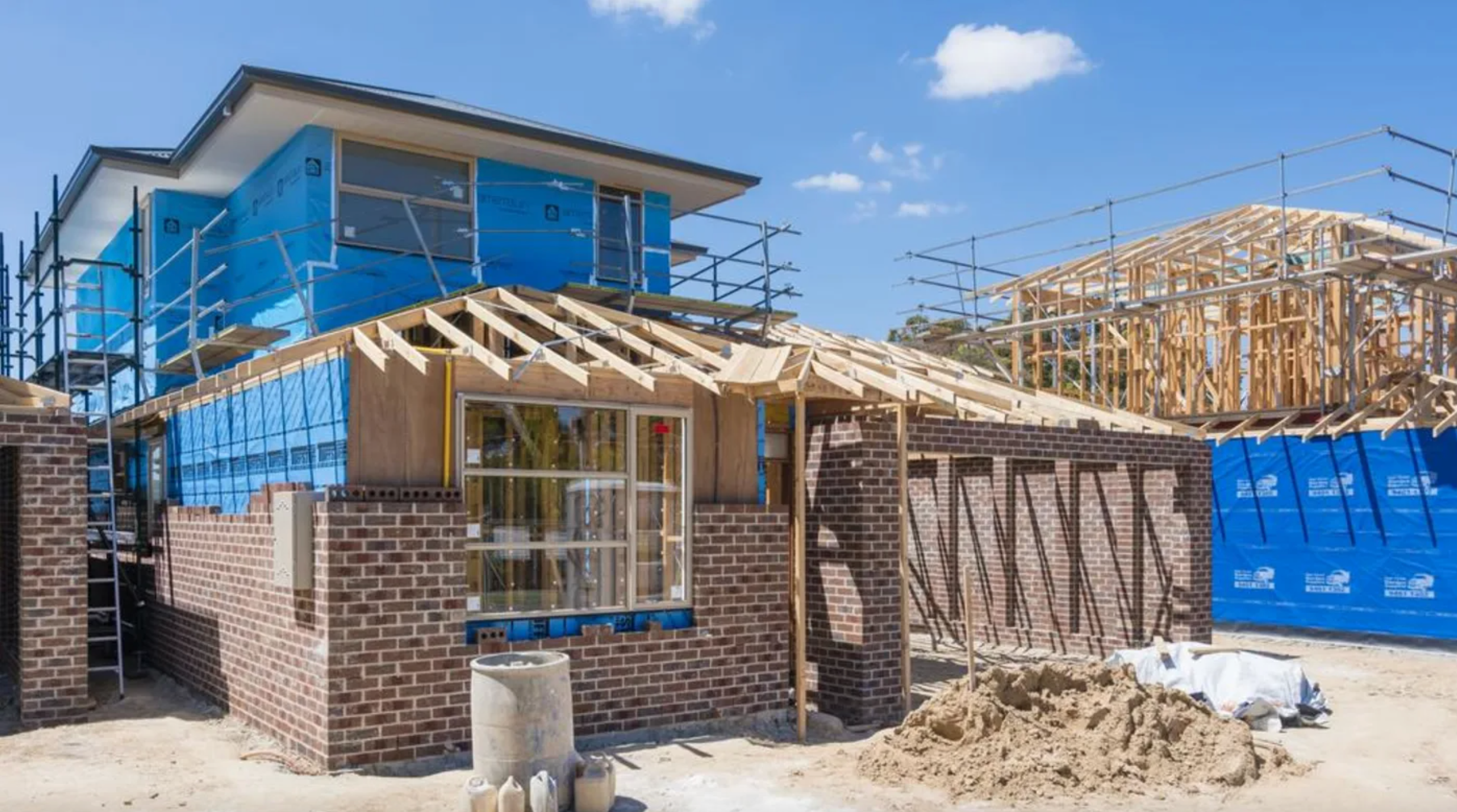Building Industry in liquidation, Is this the canary in the coal mine?

The National Housing Finance and Investment Corporation’s State of the Nation’s Housing Report found that strong demand and supply shortages are putting pressure on the construction industry, which could be a warning sign of an upcoming recession.
By Colin Cameron
5th April 2023
The term ‘lead indicators’ is used to describe a set of economic and financial indicators that have been observed to precede a recession. These lead indicators are often seen as an early warning sign that a recession is on the horizon, and they can provide important information to help businesses and governments prepare for any potential downturn in the economy.
In Australia, the housing construction industry has been identified as one of the key lead indicators for an impending recession. This is due to the fact that when demand for new homes decreases – either due to tighter lending criteria or because people don’t feel financially secure enough to purchase property – homebuilders will start to feel the pinch before other industries do. This has certainly been true in Queensland in recent months, with a number of high profile construction companies going into administration or liquidation since late last year.
Holland Park-based company LDC was the first homebuilder to close in 2023, owing $7 million to creditors and subcontractors with 48 projects under way. North Lakes company Pantha Homes also went into liquidation after struggling with supply chain problems, leaving an unknown number of unfinished homes behind them. South Brisbane-based PBS Building had 24 projects on the go when it went into administration in March, leaving debts estimated at $40 million dollars. National Construction Management from Sunshine Coast also went into liquidation in March following restrictions placed by the Queensland Building and Construction Commission. Finally, Porter Davis Homes Group holding major works across southeast Queensland saw debts estimated at $20 million when it collapsed last week despite offering discounts of up to $50,000 on certain homes just prior to its closure.

This plethora of failures within such a short period provides a stark example of how quickly things can change within this sector as demand decreases and businesses find themselves unable to cover their costs. The National Housing Finance and Investment Corporation’s State of the Nation’s Housing Report concluded that “[strong] demand for housing coupled with shortages of tradies and materials, along with bad weather put “significant pressure” on the construction industry” throughout 2022/2023 which could well be interpreted as an early warning sign of impending economic challenges ahead if not addressed effectively.
Leading economists have highlighted various other sectors as potential catalysts for an upcoming recession including declining consumer spending , tightening credit conditions along with increased unemployment rates . All these factors have led some commentators warning that higher taxes may be inevitable in order for governments to fill gaps created by weakened domestic consumption . Consequently , this could put additional strain on already fragile sectors like housing where affordability plays such an important role .
A further issue arises from delayed project completion times due both delays caused by Covid-19 related supply chain constraints as well as many builders having taken out fixed- price contracts last year when prices were low – meaning any increases caused by material or labour shortages has eroded their profit margin significantly . Additionally , Master Builders Association CEO Paul Bidwell insisted “It’s not because of bad operators — it’s more likely due to fixed-price contracts which were signed when prices were low and supply chains strong” highlighting how even seemingly small changes can cause big consequences down the line .

Overall , these signals should not be ignored – especially given previous events serve evidence that we may be only steps away from entering another recession unless effective preventative measures are put into place soon . Whilst no one measure can guarantee success , there is still plenty that businesses owners can do right now such as looking at ways they can diversify their income streams reduce their own expenses whilst also talking with customers about alternate payment options should cashflow ever become tight . All these moves will help build resilience going forward so should form part of any long-term business strategy no matter what lies ahead .
The old adage of ‘the canary in the coal mine’ is an apt reminder that sometimes economic indicators don’t only come from macroeconomic trends but localised clues too . In this case , it appears that a combination of fiscal mismanagement and supply chain disruption has delivered on early warning signs for businesses and households alike – giving us all cause for pause before we take our next steps towards potential future uncertainty . With this in mind , now may be the time to start preparing for whatever comes next so we can hit the ground running regardless of what lies ahead.



